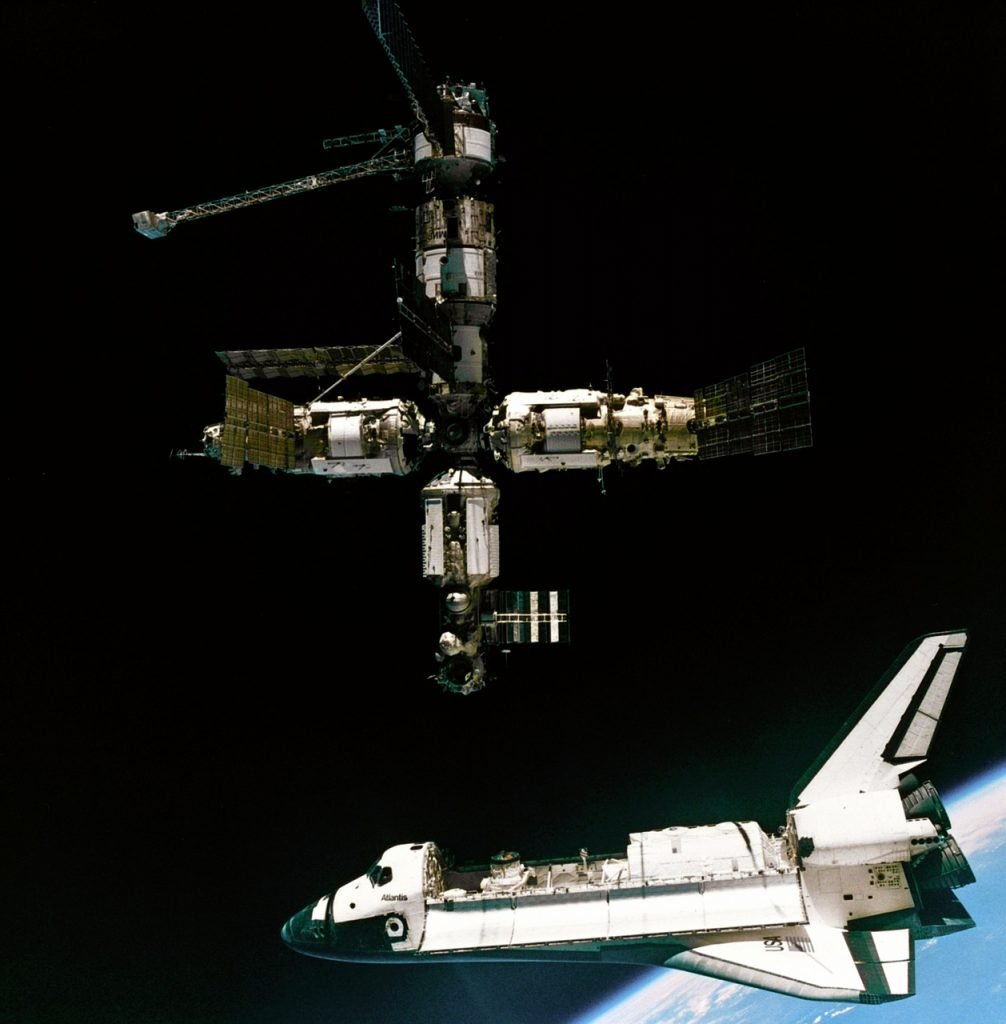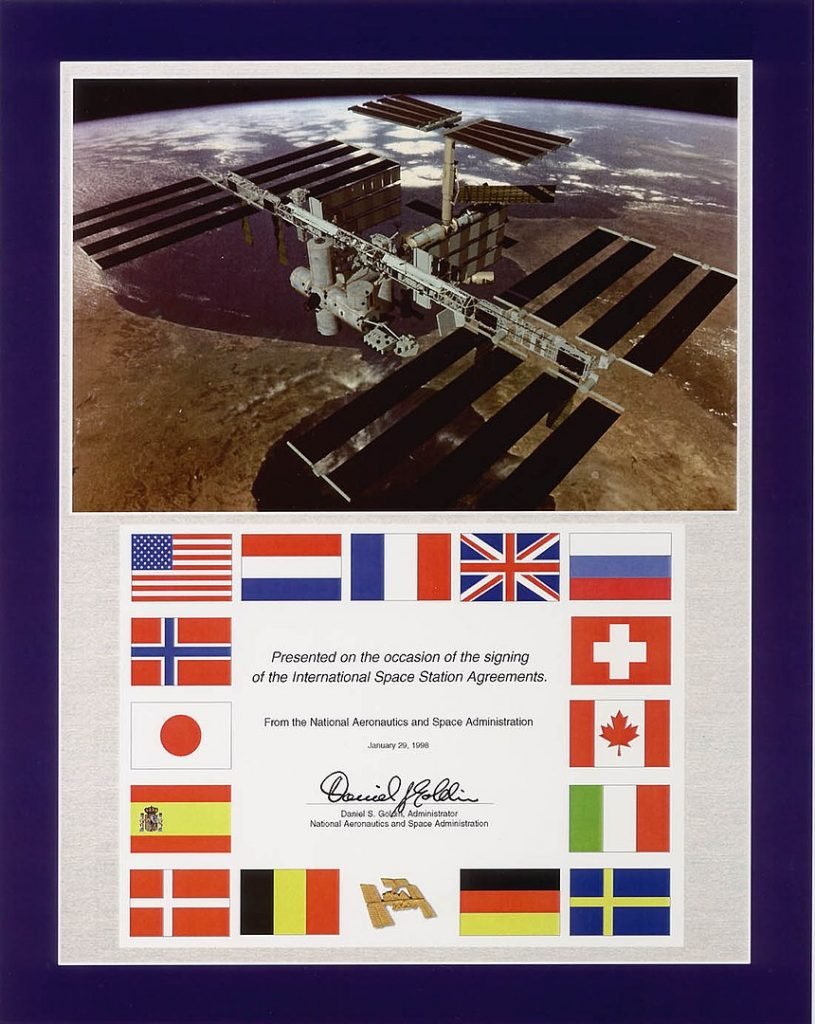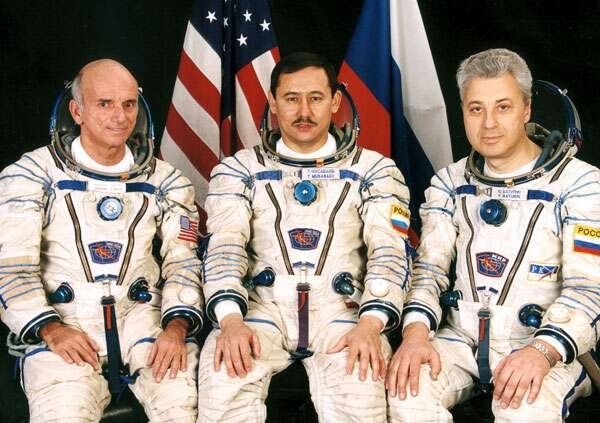International Space Station

International Space Station
The International Space Station (ISS) as the name suggests is a collaborative project. No less than five space agencies have taken part which includes the American NASA, Russian Roscosmos, Japanese JAXA, Canadian CSA, and European ESA.
The International Space Station mission is to perform complex experiments in the fields of astrobiology, meteorology, physics and much more. Space exploration expands our understanding of ourselves and the vast solar system we occupy.
At full capacity, there is room for just 7 humans on the station. And so far astronauts from over 19 countries have visited the ISS.
Despite the less competitive nature of space exploration these days, the ship is still divided into the Russian Orbital Section and the US Orbital Section. While the US section allows astronauts from other nations, the Russian section is solely for Russian cosmonauts.
ISS Modules
The ISS was built in space, with each piece being launched separately and then connected by robotics and astronauts.
The first module to arrive on Nov 20, 1998, was the Russia Zarya. Then came the NASA Unity/Node 1 module, two weeks later. Astronauts performed spacewalks to connect the two parts. Slowly over time, the International space station has taken shape with several components from different agencies. The station now has modules including:
- Zvezda
- Harmony/Node 2
- Dextre robotic hand
- Canadarm2 robotic arm
- Destiny Laboratory Module
- Japanese Experiment Module or Kibo
- Cupola window and Tranquility/Node 3


Space Tourism
Fancy taking a trip to space? Well, space tourism is a thing. However, even though it is classed as human space travel for recreational purposes, it’s not really that at all. Sure, you have to pay the ticket price to go, but that’s where the similarity ends.
You also have to pass a medical exam and go through all kinds of training. In reality, the $25-50 million trips are merely privately funded astronauts. Having paid the ticket price, most of the 7 space tourists that travelled from 2001 to 2009 through the Russian Space Adventures broker carried out experiments dictated by their sponsors.
There is so much more to learn about the ISS, US Space Station and Mir Space Station. Find out tons more fascinating information in further pages and blogs.
International Space Station
Facts & Figures
- Length: 73.0 m
- Width: 109.0 m
- Weight: 419,725 kg
- Launch : 20 November 1998
- Speed: 7.66 km/s (27,600 km/h
- Orbits Per day: 15.54
